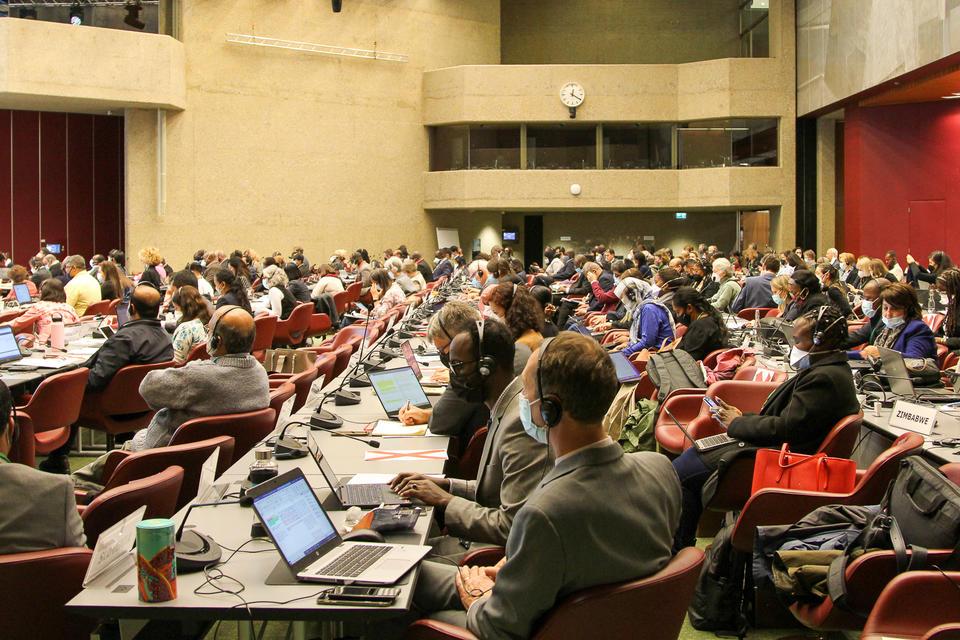From Aichi to Beyond: The Future of Global Biodiversity
- From
-
Published on
03.10.24
- Impact Area

The Convention on Biological Diversity (CBD) has been a cornerstone of global efforts to conserve biodiversity. As we get ready for another crucial Conference of the Parties (COP), we must reflect on the journey so far, the lessons learned, and the path forward.
A Historical Perspective
Before the CBD, various international agreements aimed to protect specific species or ecosystems: Conventions on wetlands (Ramsar), endangered species (CITES), migratory species (CMS) and World Heritage (WHC). However, a comprehensive framework was missing. Recognizing this gap, the CBD was established in 1992, providing a global platform for biodiversity conservation.
Since then, 15 conferences of parties to the convention (COPs) have been held biannually to further develop a common global plan to protect biodiversity across the world. The Aichi Biodiversity Targets -proposed at COP10 held in Aichi, Japan in 2010, and supported by all the 196 parties of the Convention – should have been reached by 2020. Yet, a stock-take found that of the 20 targets, not a single one was fully achieved, and only six were partially met.
There are many questions to ask, such as why there was such limited progress; and, more importantly, what can we do to accelerate change? Looking back to learn from the past, we now know that a lack of clearly defined metrics of progress made the Aichi goals difficult to implement, and a key priority is to have an agreement on robust monitoring, planning, reporting and review.
Another important piece of this puzzle is the lack of public awareness on the importance of biodiversity to sustain life on Earth, and because of that, the CBD’s Communication, Education and Public Awareness program (CEPA) aims to raise awareness about the importance of biodiversity for human well-being, therefore giving more political priority to biodiversity; this is also critical to enhance the uptake of the Kunming-Monreal Global Biodiversity Framework (GBF), adopted at COP15 in Montreal, Canada.
Related news
-

Earth Day 2025: Our Power, Our Planet
CGIAR17.04.25-
Environmental health & biodiversity
Credit: ©2014CIAT/GeorginaSmith On April 22nd, CGIAR proudly joins the global community to mark E…
Read more -
-

NATURE+ circular bioeconomy activities reach more than 5,000 people
CGIAR Initiative on Nature-Positive Solutions16.04.25-
Environmental health & biodiversity
-
Gender equality, youth & social inclusion
By 2024, the NATURE+ Initiative’s circular bioeconomy activity reached dozens of communities in fi…
Read more -
-

‘Tilapia Farming Is More Lucrative Than Catfish’ - Inside Nigeria’s Aquaculture Shift
WorldFish16.04.25-
Environmental health & biodiversity
WorldFish is transforming Nigeria’s aquaculture sector by decentralizing the supply of Genetically…
Read more -
